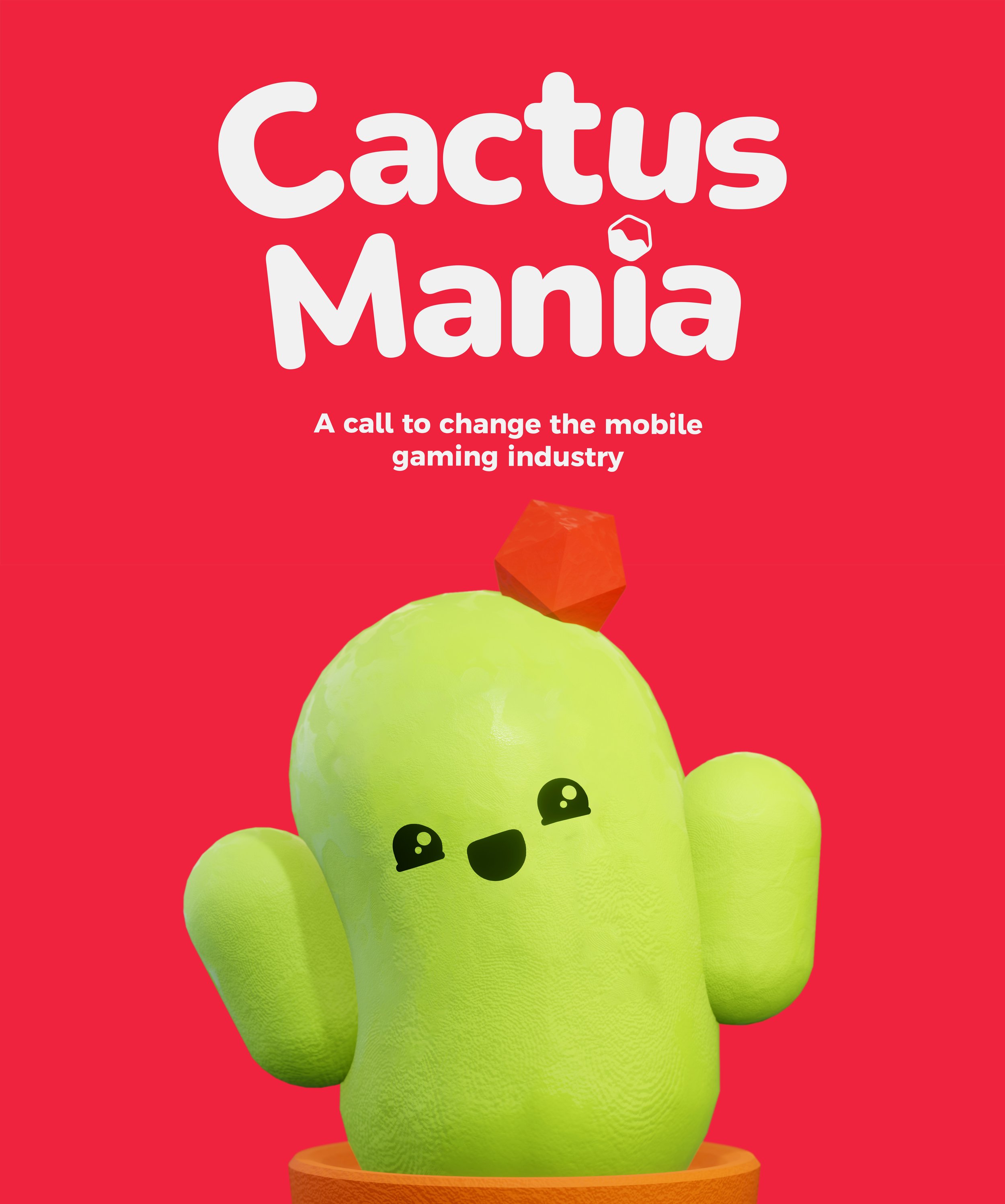
Denya Odnoralov
Kids, Games, and Dark Patterns
The mobile video game industry is rapidly devolving into an uncontrollable environment of content and gaming experiences.[1] With the rise of technology and the desire to bring younger audiences to mobile gaming structures, the industry has become an unstable system that targets children’s interaction and consumption of gaming content to produce quick revenue. To cover all industry issues in a single thesis is a task far too complex and difficult. Instead, I focus on how the majority of mobile game developers use provocative imagery and dark patterns in their games to trick and deceive children. These mobile game developers irresponsibly create inadequate gaming experiences in large and reused quantities to feed off children's attention.[2] With the rise of poorly developed and visually appalling mobile games for kids, how can designers use UI/UX strategies to combat these trends and create creditable interactive experiences for kids ages 5 to 12?
The primary objective of this project is to create a mobile game that uses design principles such as UI/UX, branding, and design research that focuses on the user and how gaming assets can be communicated more effectively. The secondary objective is to allow this mobile game to show how design can create a gaming experience that excels in visual communication and to present parents with the possibilities of a well-crafted mobile gaming structure.
Cactus Mania is the solution addressing the issue of the current mobile gaming trends. The game is created to center around the user’s experience and utilizes high-quality assets and a non-provoking advertisement system to create a working game foundation that can be used by developers and game producers. The game also shows parents the possibility to support local game developers that strive to create entertaining and non-predatory gaming content for users of all ages.
1 Laurent Muzellec, Florence Feenstra, Brigitte de Faultrier, and Jacques Boulay. "Children’s Experiences and Parents’ Perceptions of Retailers’ Mobile Applications." International Journal of Retail & Distribution Management 44, no. 11 (2016): 1119.
2 Idris Göksu, Alper Aslan, and Yigit Emrah Turgut. “Evaluation of Mobile Games in the Context of Content: What do Children Face when Playing Mobile Games?” E-Learning and Digital Media 17, no. 5 (2020): 389.






